Figures
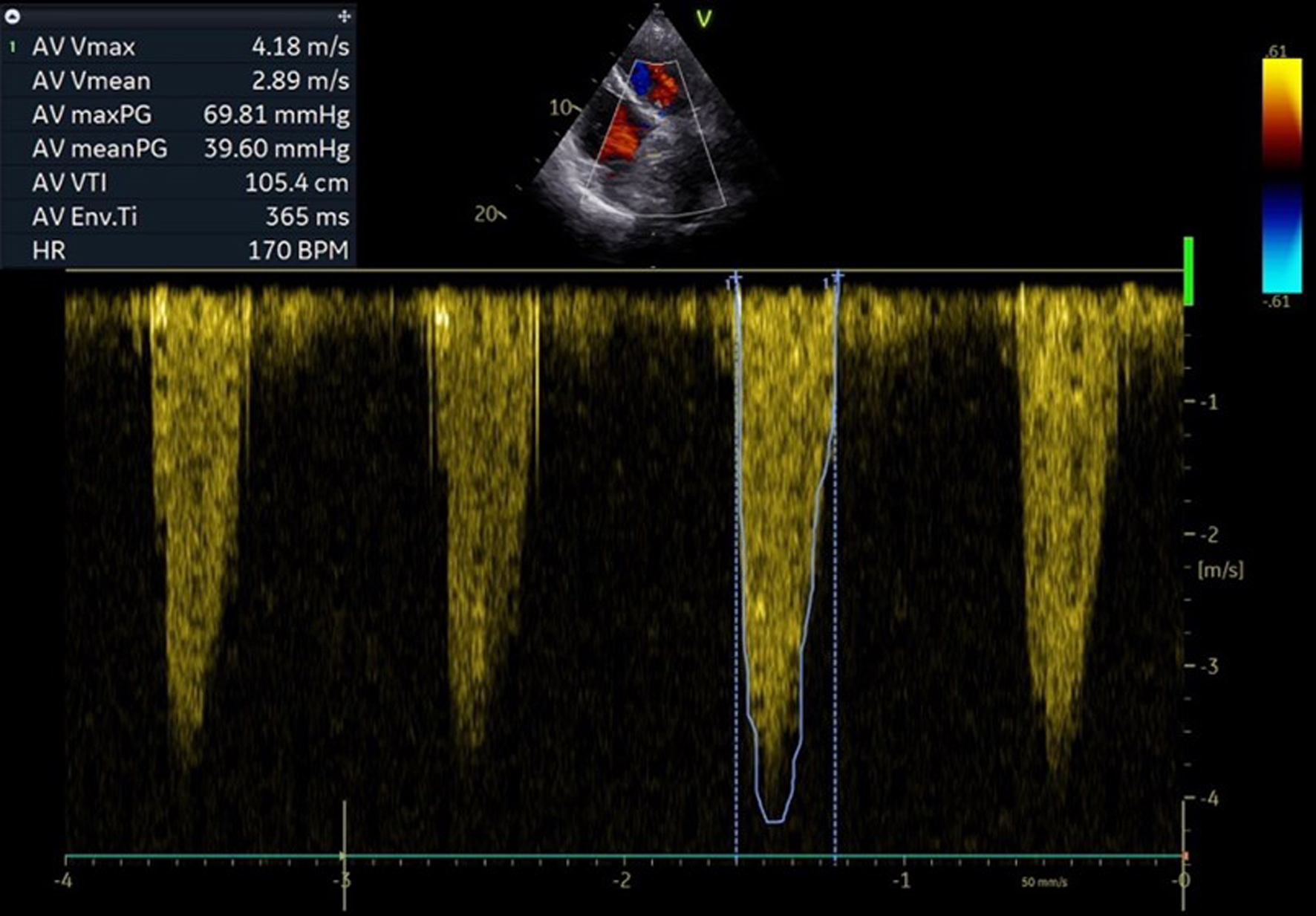
Figure 1. Pre-procedural echocardiographic pressure gradients over surgical aortic bioprostheses.
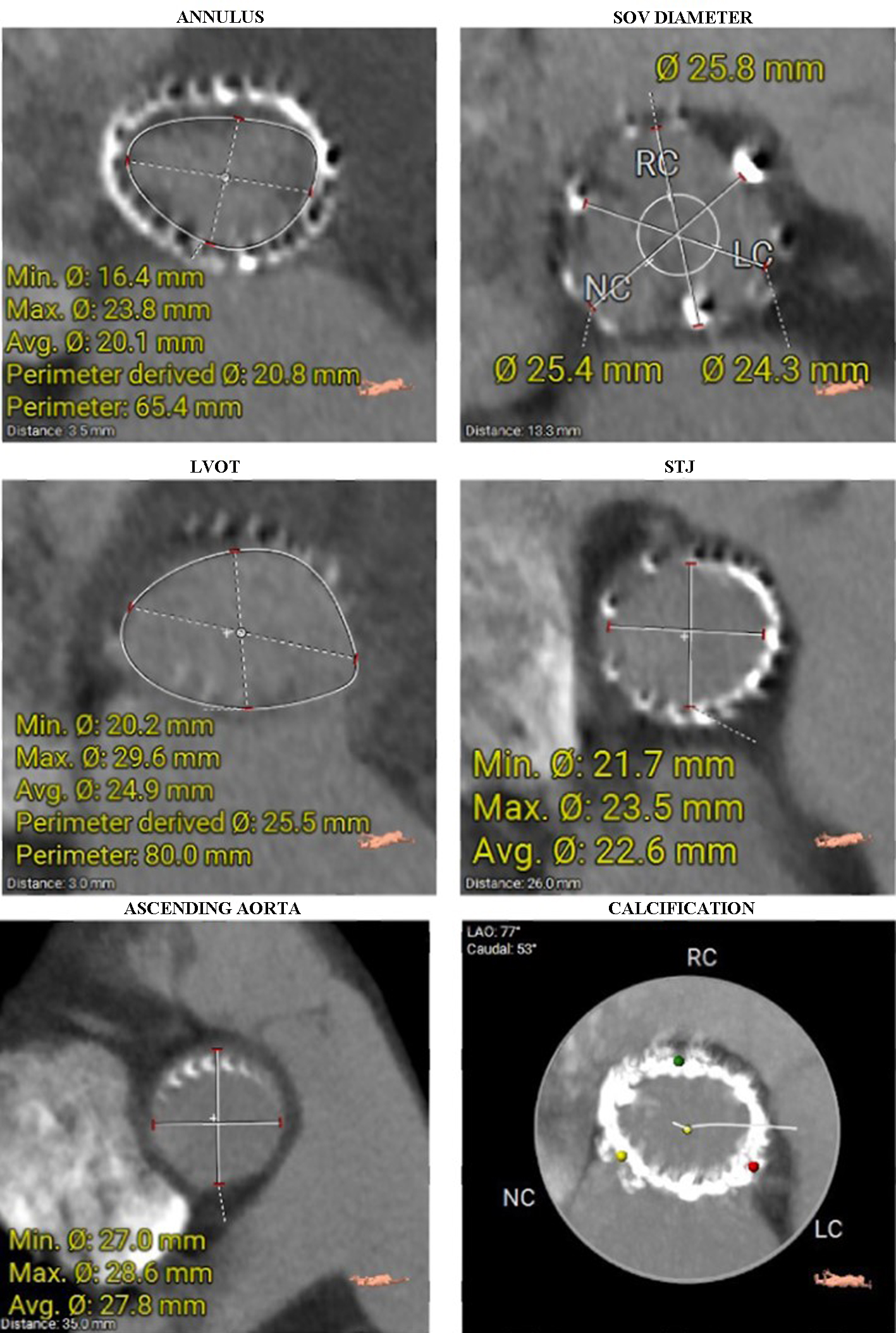
Figure 2. Diameters of the aortic annulus, SOV, LVOT, STJ, and ascending aorta were measured on CT. The last image shows a heavily calcified aortic annulus. CT: computed tomography; LVOT: left ventricular outflow tract; SOV: sinus of Valsalva; STJ: sinotubular junction.
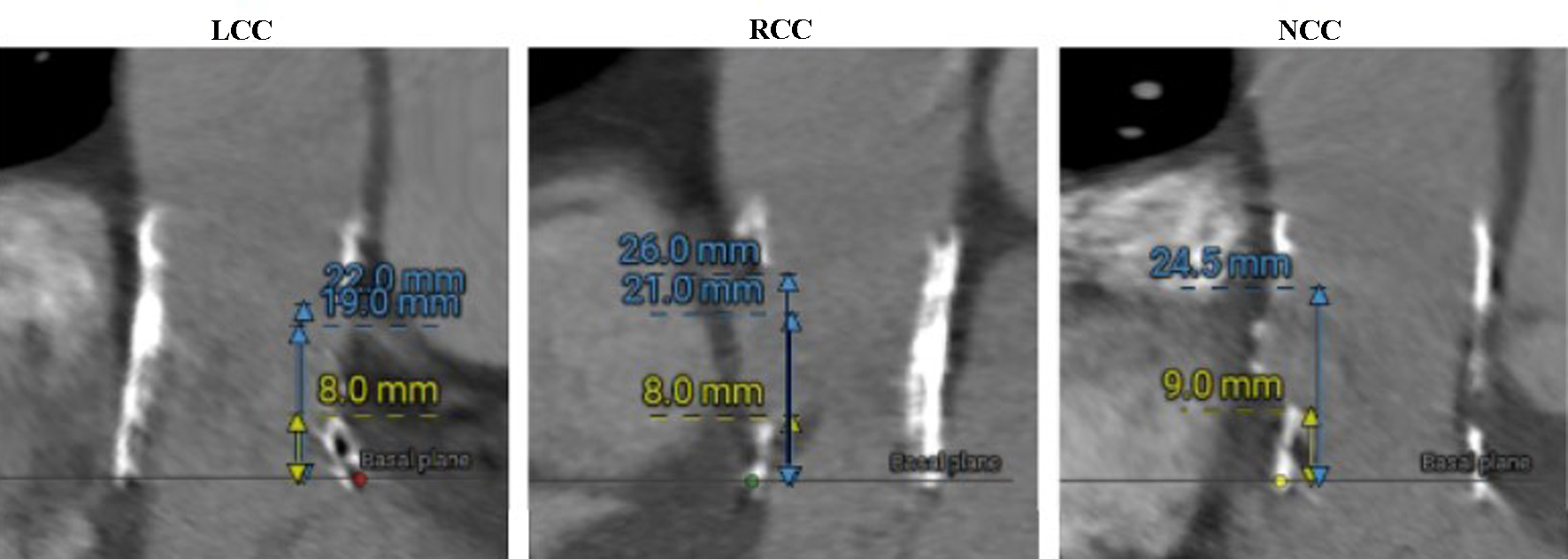
Figure 3. Sinus of Valsalva heights measured on CT (LCC, RCC, and NCC, respectively). CT: computed tomography; LCC: left coronary cusp; NCC: non-coronary cusp; RCC: right coronary cusp.

Figure 4. Aortic arch and aortic root angulation. Separate origins of brachiocephalic trunk, left carotid artery, and left subclavian artery were seen.
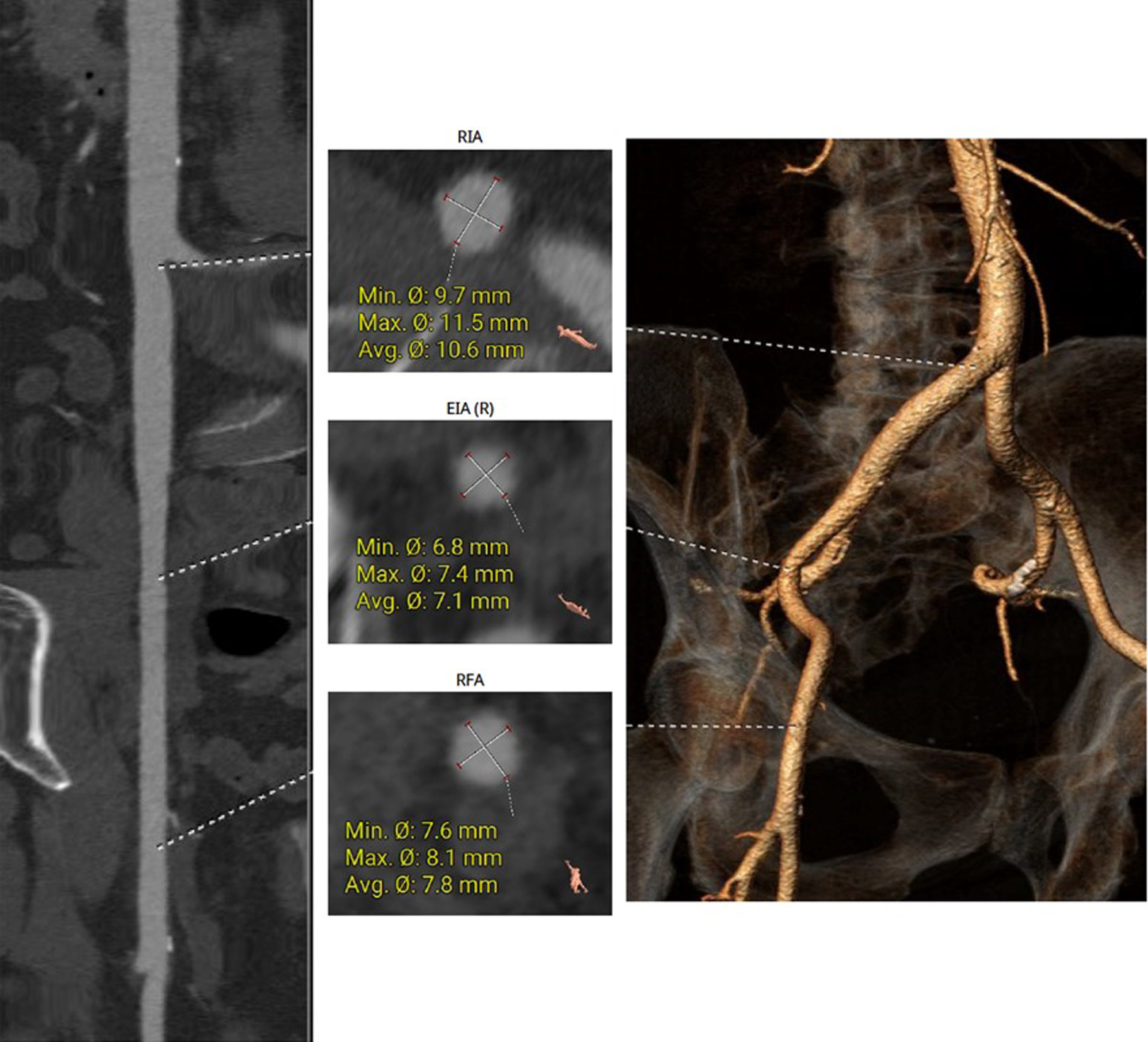
Figure 5. The right femoral artery was chosen for the main access site, without significant tortuosity or notable calcification seen on CT. CT: computed tomography.
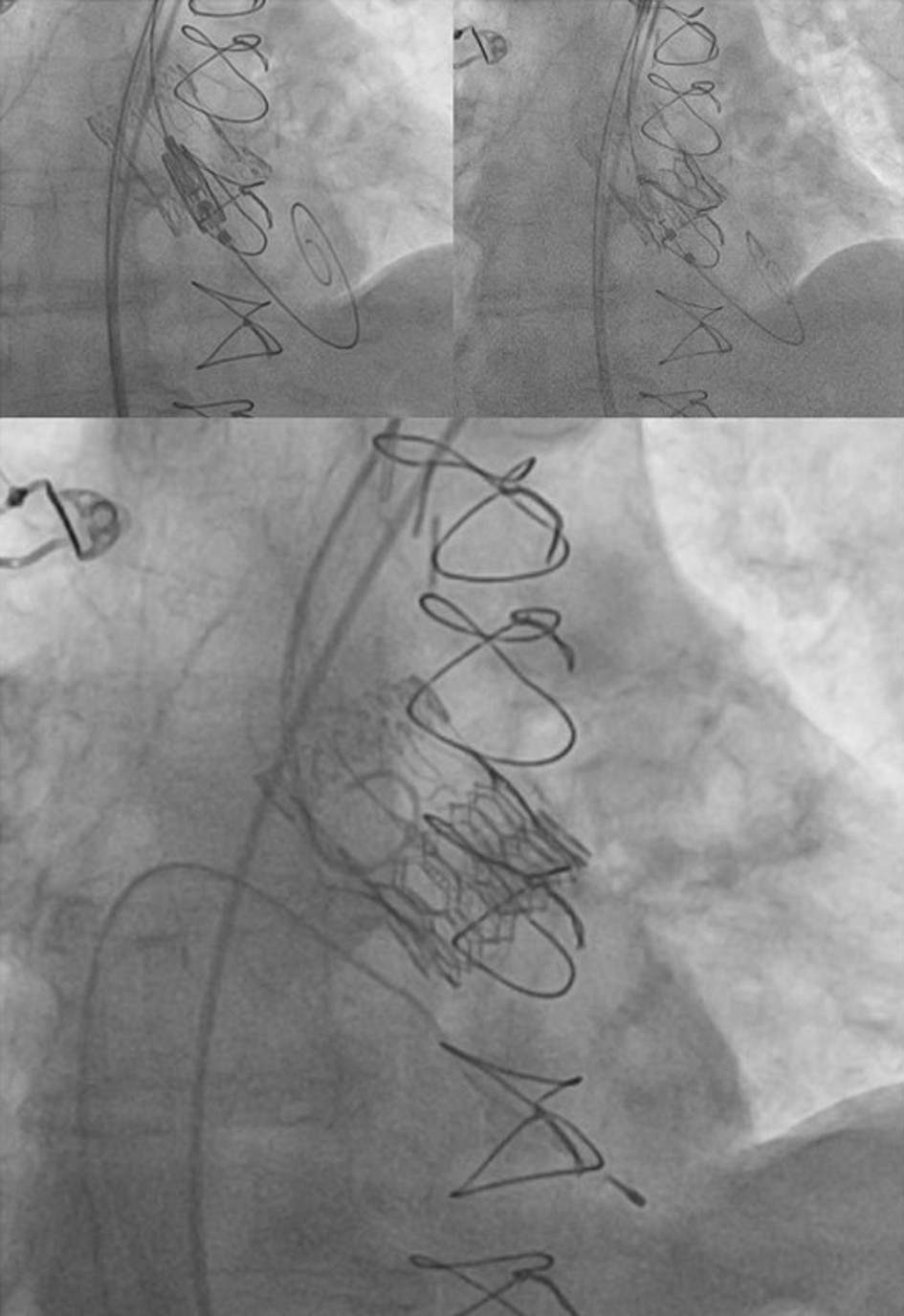
Figure 6. Valve-in-valve TAVR - implantation of ballon-expandable Myval Octacor valve into previously implanted bioprothesis. TAVR: transcatheter aortic valve replacement.
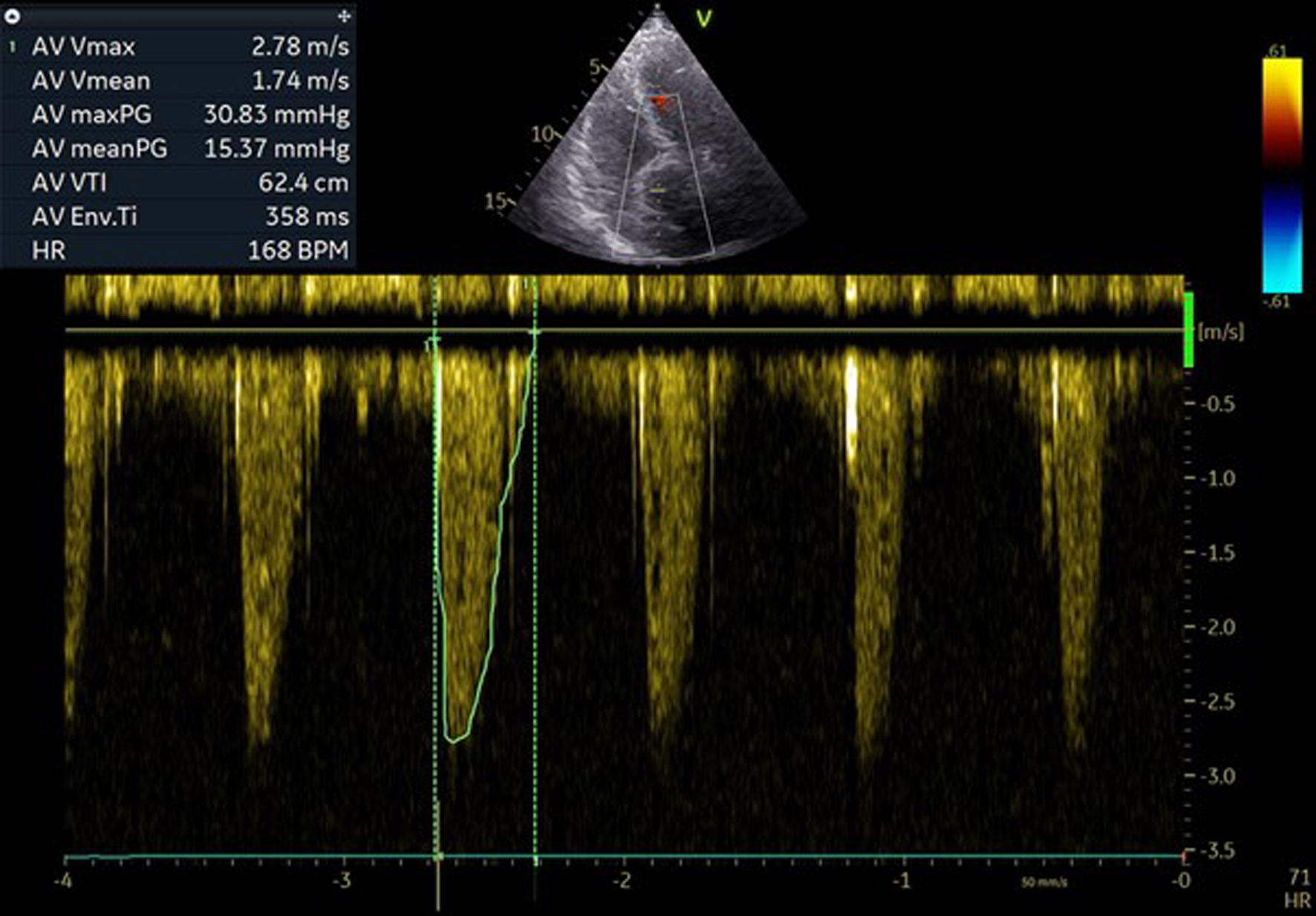
Figure 7. Post-procedural pressure gradients over aortic valve.







